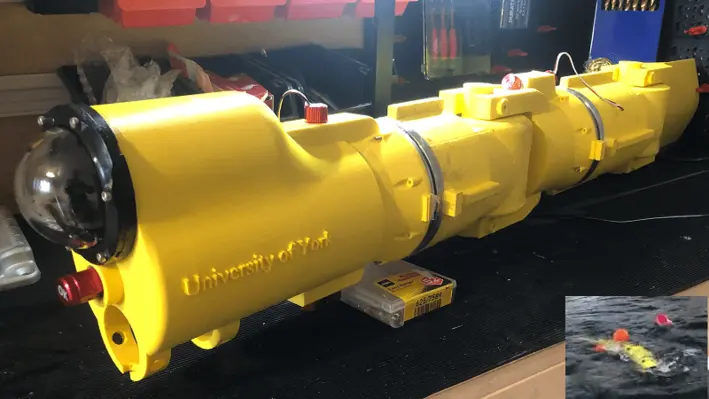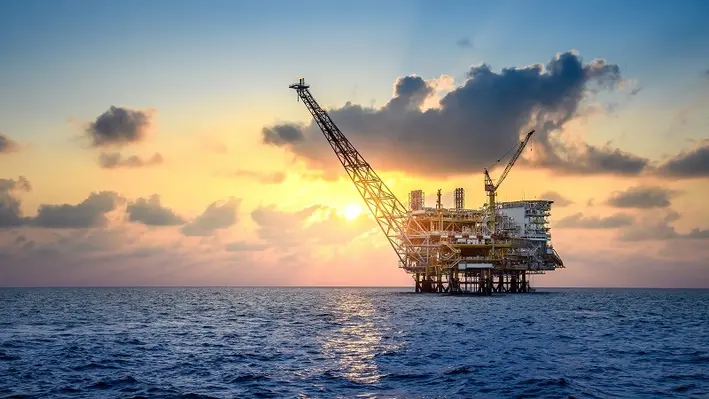
Verlume, a leader in intelligent energy management and storage technologies for the energy industry, and a consortium of partners have progressed on the development of an autonomous underwater robot that moves like a fish for offshore inspections.
The agile biomimetic autonomous underwater vehicle (AUV), named ‘RoboFish’, is made up of several self-contained modules with self-managed battery and actuator control for full-body, autonomous movement around underwater structures. It is capable of operating in harsh and hard-to-reach environments.
With the limited accessibility, manoeuvrability and environmental impact of remotely operated vehicles (ROVs) and some larger AUVs, inspection of structures in the underwater environment is complex, expensive, and reliant on human input.
The first RoboFish prototype was completed in summer 2020 and research to improve it and apply it to new applications is ongoing. Two conference papers and a journal paper have been published on the RoboFish prototype, with another journal paper due to be published this year on control of the swimming gait with machine learning.
Dr. Mark Post, Lecturer in Electronic Engineering at the University of York, commented, “Through the use of innovative electronics, actuation, networking technology and additive manufacturing techniques, we have been able to develop a modular robot that can move very precisely in challenging offshore environments. The collaborative contributions of many partners have been instrumental in creating a practical platform to further develop robotic technologies in this field.”
Verlume is playing a key role in the project, assisting with the development of an intelligent power solution for RoboFish. The company will supply an underwater power system for charging, as well as an integrated intelligent battery management system.
Paul Slorach, Business Development Director at Verlume, said, “With an increasing focus on decarbonisation and the automation of high-risk underwater tasks in the so-called Blue Economy, RoboFish is an example of how these operations can be revolutionised. We are pleased to act as the industry gateway for our academic partners in this project and share our expertise to integrate Verlume’s intelligent battery system as the power solution for RoboFish.”
RoboFish was initially devised by researchers at the University of York, Department of Electrical Engineering and the University of Strathclyde, Department of Naval Architecture, Ocean & Marine Engineering with grant support from the EPSRC Supergen Offshore Renewable Energy Hub.
The RoboFish research consortium was formed of partners Verlume, The University of York, The University of Strathclyde, PicSea Ltd, the Supergen ORE Hub, and the Offshore Renewable Energy Catapult. Through outreach activities, the consortium is expanding.




